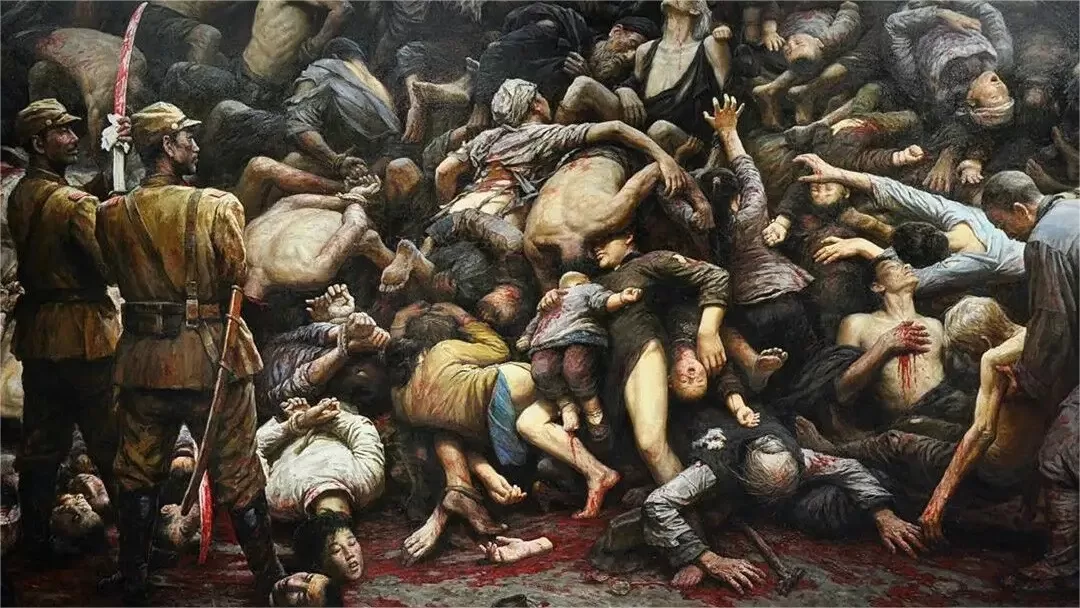The Nanjing Massacre, also known as the Rape of Nanjing, was a horrific event that took place in Nanjing, China, during the Second Sino-Japanese War from December 1937 to January 1938. It was perpetrated by the Imperial Japanese Army, and the exact number of victims remains disputed, with estimates ranging from tens of thousands to hundreds of thousands. The massacre is considered one of the most brutal episodes of World War II and a symbol of the Japanese military’s brutality and aggression.
At the time, Nanjing (then known as Nanking) was the capital of the Republic of China, and the Japanese army, under the command of General Matsui Iwane, captured the city on December 13, 1937. What followed was an orgy of violence, murder, rape, and looting that lasted for approximately six weeks.
During the initial occupation of the city, the Japanese troops engaged in widespread arson, destroying homes, businesses, and historical landmarks. They indiscriminately slaughtered Chinese soldiers and civilians alike. The Japanese soldiers displayed a complete disregard for human life, committing atrocities on an unimaginable scale.
Rape was one of the most heinous aspects of the Nanjing Massacre. Women of all ages, from young girls to elderly women, were subjected to brutal sexual assaults. Many were gang-raped, often in public and in front of family members. The victims frequently faced mutilation, torture, and death after being violated. The rampant sexual violence was not limited to women; men and even children were also targeted.
Mass executions were another horrifying aspect of the massacre. The Japanese soldiers conducted mass killings throughout the city, often rounding up groups of people and shooting them en masse. There were reports of people being buried alive, beheaded, or bayoneted to death. The victims included not only soldiers but also unarmed civilians, including women, children, and the elderly.
In addition to these acts of violence, the Japanese troops engaged in widespread looting and pillaging. They stole personal belongings, destroyed cultural artifacts, and burned libraries and archives, erasing a significant part of Nanjing’s history and heritage.
Foreigners who witnessed the events, such as Western diplomats and missionaries, documented the atrocities and tried to provide assistance to the victims. The International Committee for the Nanking Safety Zone, led by German businessman John Rabe, established a safe area in the city to protect civilians, but even within the zone, people were not entirely safe from the Japanese soldiers.
The massacre began to receive international attention after the war through the efforts of survivors and eyewitnesses. However, it wasn’t until the 1990s that the Chinese government actively promoted the remembrance and commemoration of the Nanjing Massacre. Today, the event is widely recognized as a historical tragedy, symbolizing the horrors of war and the importance of preventing such atrocities in the future.
The Nanjing Massacre remains a sensitive topic in Sino-Japanese relations, and historical disputes surrounding the exact number of victims persist. Nevertheless, efforts are ongoing to honor the victims, preserve the memory of the tragedy, and promote peace and reconciliation between the two nations.


